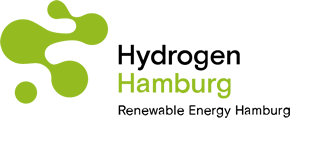News

Energy transition in Japan: wind and hydrogen on course for …
“From Hamburg to the World” – EEHH trip to Japan. Japan is one of the leading industrial nations with innovative renewable technologies and at the same time …

Hydrogen-driven drones
Interview with Miriam Flügger, Public Relations Department at ZAL, Center for Applied Aviation Research in Hamburg. Drones are used for varied areas, logistics …

Hamburg – The hub for hydrogen imports from Canada
‘From Hamburg to the World’ – Hamburg and Canada agree on new hydrogen cooperation. Climate neutrality by 2045, industrial decarbonisation, energy …

Alternative propulsion systems in the cruise industry
Interview with Lucienne Damm, Head of Sustainability at TUI Cruises. Like other business sectors, the cruise industry is under pressure to find ways to …

Energy(ies) transition at bp
Interview with Patrick Wendeler, CEO BP Europa SE. The oil firm bp has begun its transformation into an integrated energy company. Read this interview to find out …

Airbus opens hydrogen centre in the Metropolitan Region of …
ZEROe Development Centre in Stade will further advance zero-emission aviation. Hydrogen passenger aircraft planned for 2035











